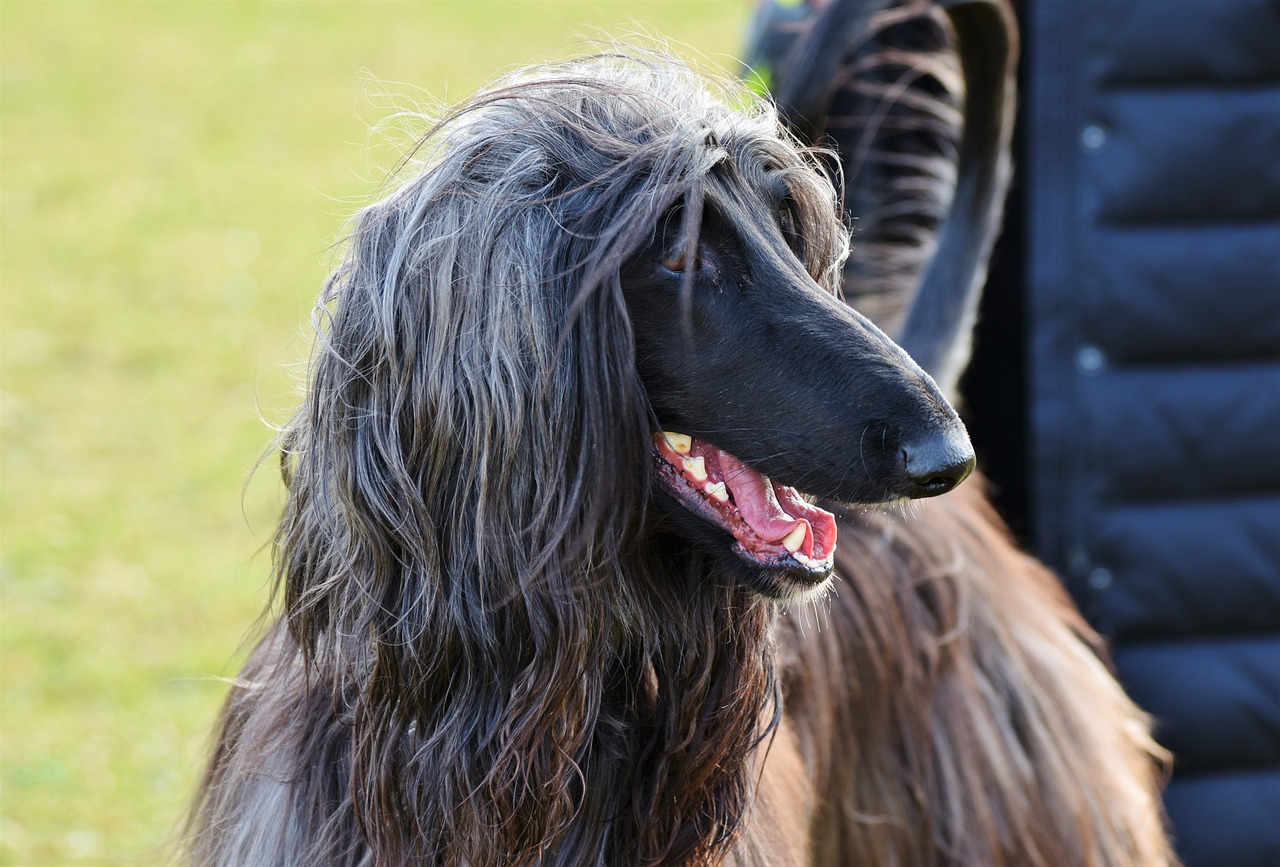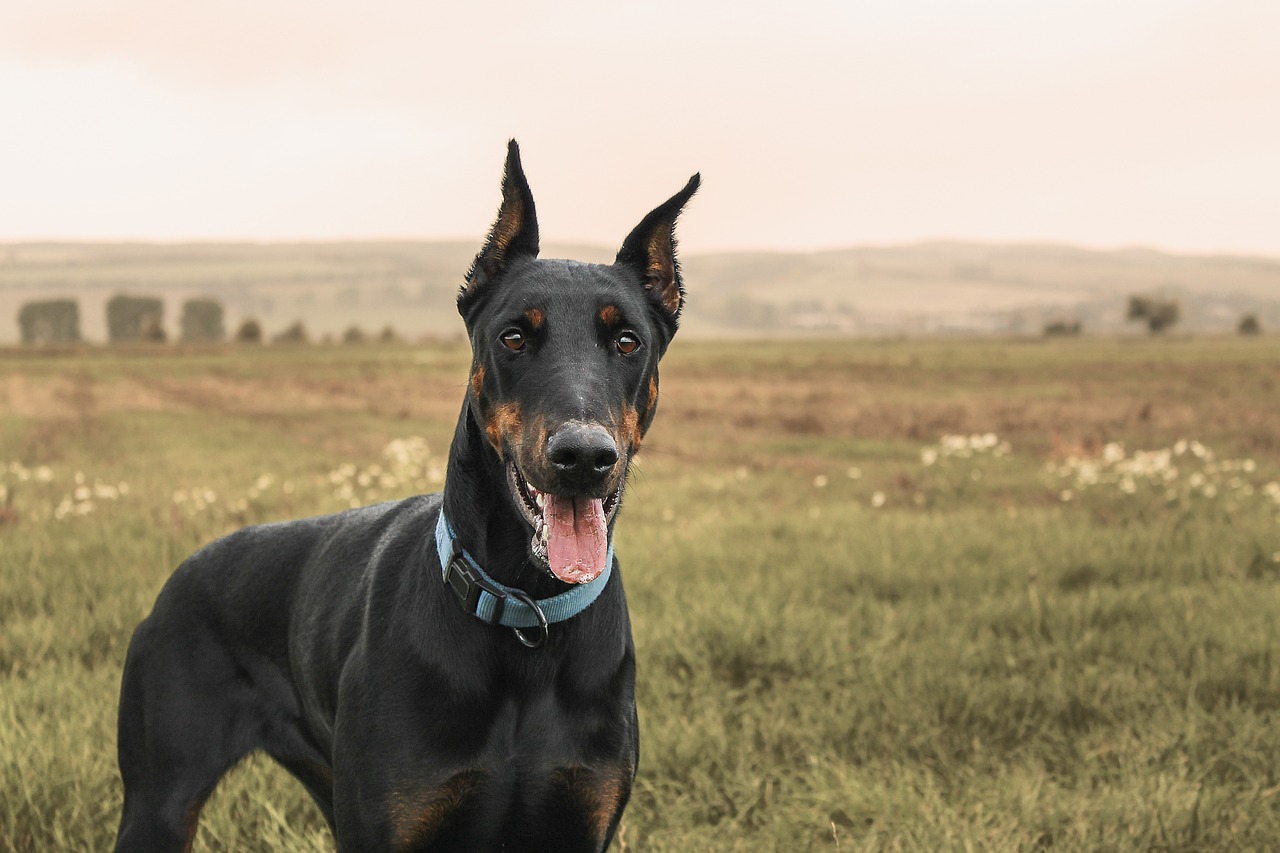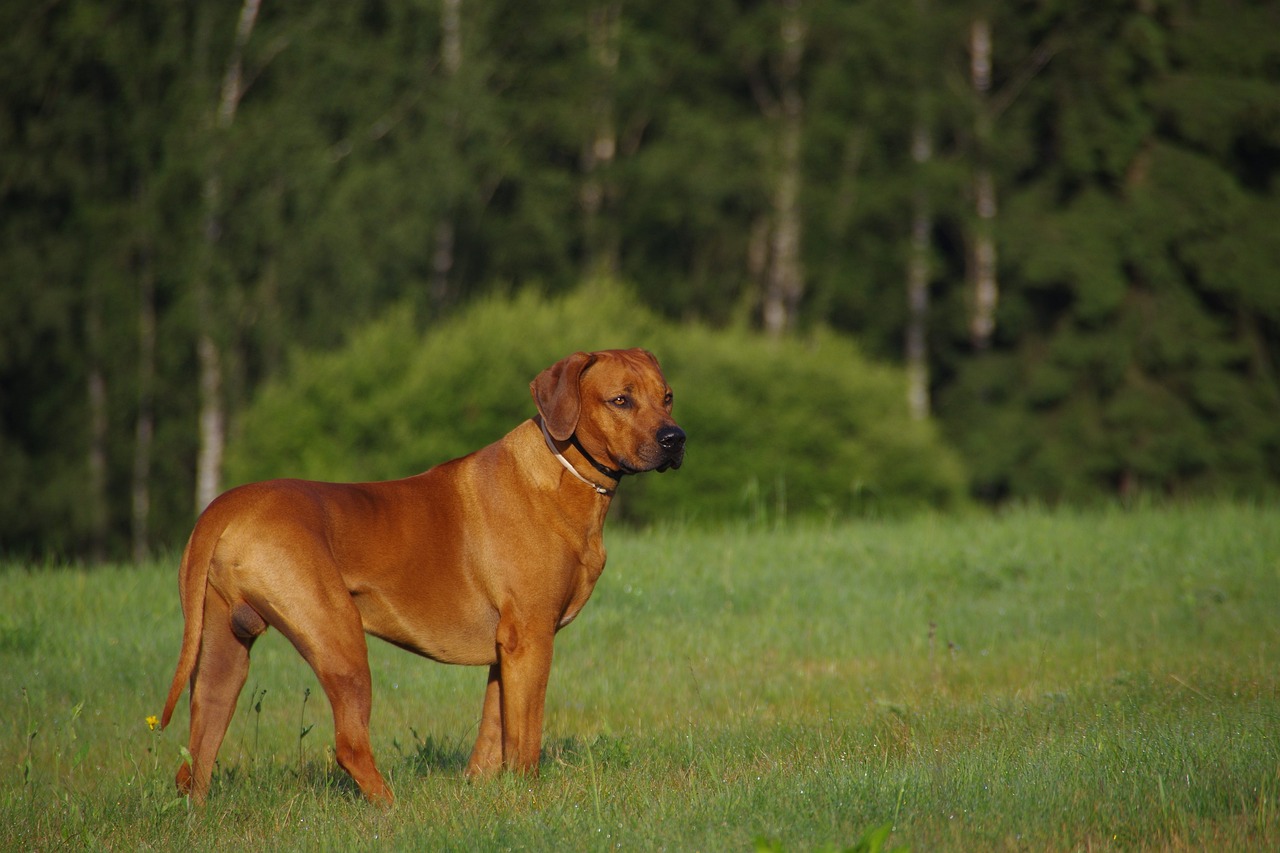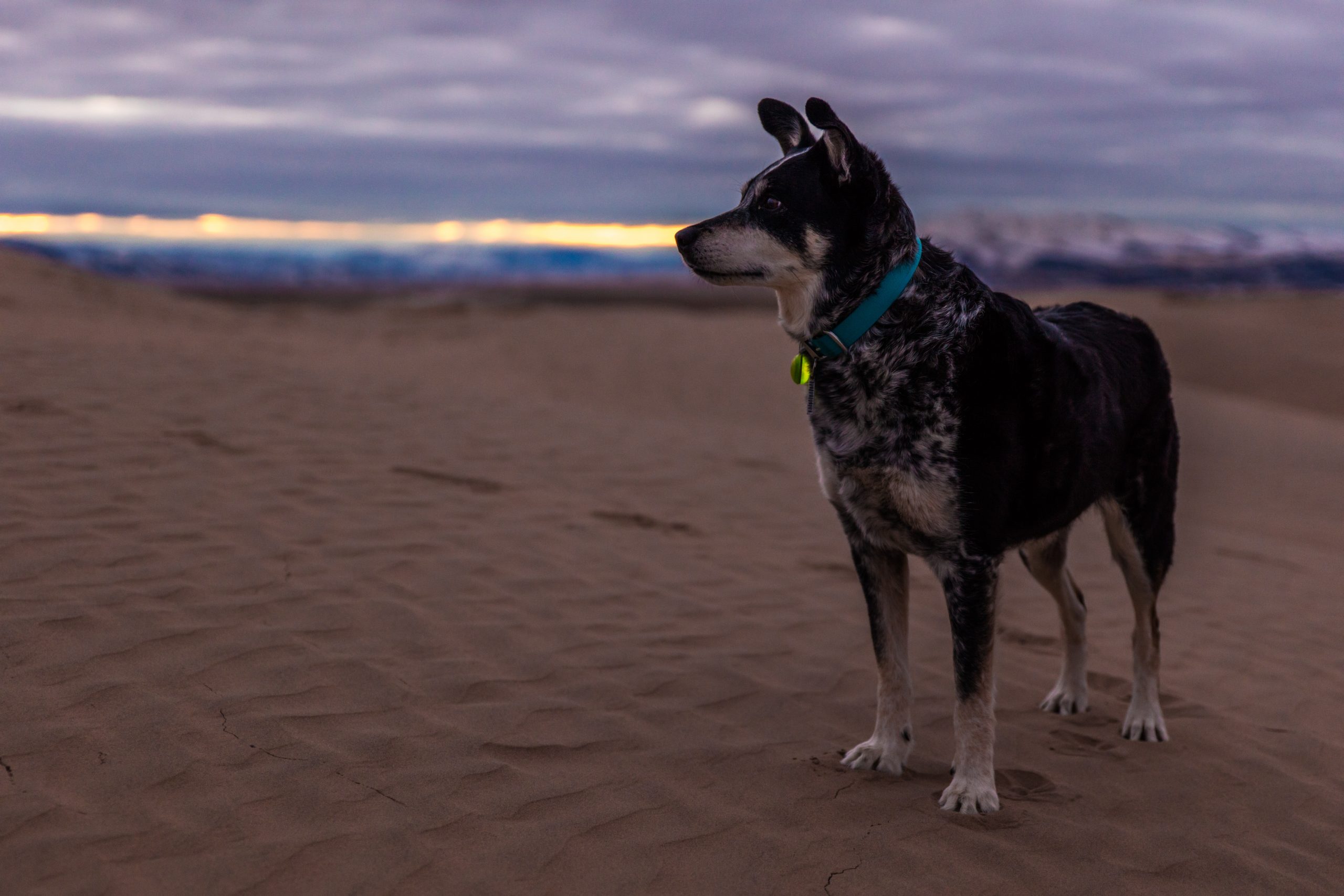Adapting to life in a desert climate requires special physiological traits and temperaments, particularly for dogs. The extreme temperatures, intense sunlight, and dry conditions of desert regions pose unique challenges. However, certain dog breeds have evolved or have been bred to thrive in such environments. These breeds typically feature characteristics like short and light-colored coats to reflect sunlight, longer limbs for dissipating heat, and a hardy, resilient nature. This article will explore 8 dog breeds that are well-suited for life in desert climates, shedding light on their adaptability and how they cope with the harsh conditions of desert living.
1. Saluki
The Saluki, one of the oldest dog breeds, is well-adapted to desert life. Originally bred in the Middle East for hunting, they have a slender build and long legs, which help keep them cool and enable them to move swiftly over hot sand. Their short, silky coat and sparse body fat make them tolerant to high temperatures. Salukis are known for their endurance and ability to chase quarry over long distances in harsh environments.
2. Afghan Hound
The Afghan Hound, with its distinctive appearance and elegant stride, originates from the mountains and deserts of Afghanistan. Their long, flowing coat protects them from the intense sun and temperature fluctuations. Despite their luxurious hair, Afghan Hounds have a lean build, allowing them to efficiently regulate their body temperature in hot climates. Their independent and aloof nature suits the solitary expanses of desert regions.
3. Basenji
The Basenji, often referred to as the “African Barkless Dog,” is a breed that thrives in hot climates. Originating in Central Africa, they are well-adapted to warm environments. Their short coat, small, erect ears, and tightly curled tail enhance their ability to tolerate heat. Basenjis are known for their quiet demeanor and cat-like grooming habits, which help them stay clean in dusty environments.
4. Doberman Pinscher
Doberman Pinschers, with their sleek and short coat, are well-suited for warmer climates, including deserts. Their lean and muscular build helps in efficient heat dissipation. Dobermans are known for their intelligence, loyalty, and energetic nature, making them well-equipped for active life in spacious desert areas. Their ability to handle intense physical activities even in warmer weather is a testament to their adaptability.
5. Vizsla
The Vizsla, a breed from Hungary, is known for its sleek, short coat and muscular build, making it well-suited for warm climates. Vizsla are highly energetic and require regular exercise, which they can handle even in warmer temperatures. Their affectionate nature and desire to stay active make them great companions for outdoor activities in desert regions.
6. Rhodesian Ridgeback
The Rhodesian Ridgeback, originally bred in Southern Africa to hunt lions, is well-adapted to hot, dry climates. Their distinctive ridge along the back, short and sleek coat, and muscular build make them suitable for the heat and terrain of the desert. Ridgebacks are known for their strength, endurance, and protective nature, making them effective companions in vast, open landscapes.
7. Australian Cattle Dog
The Australian Cattle Dog, bred for herding cattle in the harsh Australian outback, is another breed that fares well in desert climates. They have a dense, weather-resistant coat that protects them from the sun and extreme temperatures. These dogs are known for their hardiness, intelligence, and high energy levels, making them capable of handling the demanding conditions of desert life.
8. Greyhound
Greyhounds, known for their speed and sleek appearance, are also suited for desert environments. Their short, fine coat and lean, muscular build help them stay cool in the heat. Greyhounds are surprisingly low-energy when not exercising, making them suitable for a calm indoor lifestyle, which is beneficial in extreme desert temperatures.
Conclusion
These 8 dog breeds, with their unique adaptations, demonstrate remarkable resilience and suitability for life in desert climates. Their physical characteristics, such as coat type, body structure, and overall temperament, make them well-equipped to handle the challenges of hot and arid environments. Whether originally bred for hunting, herding, or companionship, these breeds share the common trait of thriving in conditions where many other breeds would struggle. For those living in desert regions, these breeds offer not just companionship but also a testament to the incredible adaptability of the canine species.








 Toledo, United States.
Toledo, United States.